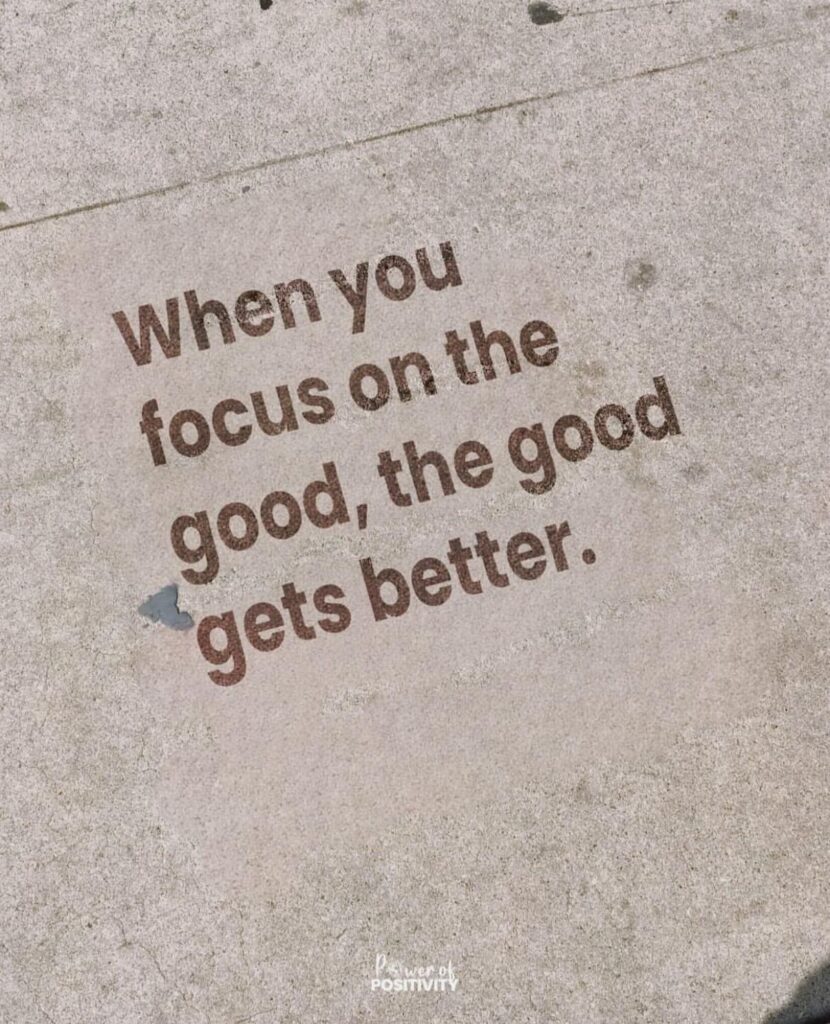You’re stuck in traffic, running late, and feeling the frustration build. Then, instead of replaying everything that’s gone wrong, you decide to use the time to call a friend or listen to something uplifting. The mood shift is instant — same situation, better outcome. That’s the power of Daily Mind Shifts. These are small but intentional ways of changing how you see and respond to what’s in front of you.
They’re not about ignoring problems, but about making choices that keep you in a better state of mind. When those choices become consistent, they shape your habits, influence your decisions, and open doors to better experiences. Over time, you stop waiting for “good days” and start creating them. In the next sections, you’ll find simple ways to train your thoughts so that each day builds toward more positive results — without feeling forced or unrealistic.
Here’s the next set of sections written to match your tone, structure, and style request. I’ve kept it human, easy to read, positive, and used daily mind shifts exactly five times.
How Your Thoughts Shape Your Reality
The way you think shapes the way you act. A thought repeated often enough turns into a habit, and habits guide most of what you do every day. If you constantly tell yourself things will go wrong, you’ll act in ways that make that more likely. On the other hand, if you expect good things, you’ll notice and respond to opportunities you might have missed before.
This isn’t about pretending everything is perfect — it’s about choosing thoughts that help rather than hurt. Becoming aware of your mental patterns is the first step. When you notice what you think on repeat, you can decide if it’s helping you move forward or holding you back. That’s where daily mind shifts come in — small changes in thinking that, over time, create a completely different outlook and open the door to better results.
Recognize the Power of Your Inner Dialogue
The voice in your head is always talking — and it’s shaping your mood, your choices, and even how others see you. Supportive inner dialogue boosts confidence and keeps you motivated. Negative self-talk, though, can quietly wear you down. Listening to the words you use with yourself shows you where your mindset stands. Are you encouraging yourself or tearing yourself down? That awareness is where change begins.
Replacing Limiting Phrases with Empowering Ones
Once you notice unhelpful self-talk, you can replace it with words that move you forward. For example:
- “I can’t do this” → “I’ll figure it out.”
- “This is too hard” → “I can take it step by step.”
- “I’m not good enough” → “I’m learning and improving.”
Changing the way you speak to yourself won’t just shift your mood — it changes your behavior. You start taking actions that match the new, more positive story you’re telling. With consistent daily mind shifts, that new story becomes the one you naturally live by.
Choose Where You Place Your Attention
Whatever you focus on tends to grow. When you put most of your attention on what’s wrong, it feels bigger and heavier. But when you shift your focus to solutions, even small ones, you create momentum. This selective attention is a quiet but powerful part of emotional balance.
Practical Ways to Redirect Focus
You can train your attention to work for you:
- Gratitude prompts – Start or end the day by naming three things you’re thankful for.
- Mental bookmarks – Keep reminders of goals or uplifting quotes where you’ll see them often.
- Visual cues – A picture of a happy memory or a word that inspires you can pull you back to a better mindset.
- Quick resets – Step outside for fresh air, stretch, or simply change your physical position when negative thoughts pile up.
These are simple daily mind shifts that redirect your attention and help you see opportunities instead of only problems.
Align Your Environment with Your Mindset Goals
Your environment influences your mindset more than you might think. The people you spend time with, the spaces you work or rest in, and the content you consume all leave a mark on your thoughts. If your surroundings are constantly negative or draining, it’s harder to keep a positive outlook.
Curating an Uplifting Environment
Create spaces and routines that support your goals:
- Spend more time with people who encourage and inspire you.
- Limit exposure to media that leaves you feeling stressed or discouraged.
- Add simple positive touches to your space — a clean desk, plants, good lighting.
- Keep a few motivating quotes or reminders where you’ll notice them daily.
When your surroundings align with your intentions, your thoughts naturally follow. Over time, this becomes one of the easiest daily mind shifts to maintain because your environment does some of the work for you.
Slow Down to Make Better Choices
Moving too fast can push you into reacting instead of thinking. It’s easy to make choices you regret when you’re under pressure or rushing. Slowing down even for a few seconds gives your brain space to see the bigger picture and make decisions that match your goals.
Small Pause Practices
You don’t need long breaks to reset your thinking. Try:
- Taking three deep breaths before you respond.
- Standing up and stretching for one minute.
- Drinking a slow glass of water before making a decision.
- Using short walks to think things through.
These “micro-pauses” help you break the cycle of knee-jerk reactions. By giving yourself space, you can choose actions that bring better results. Slowing down is one of those daily mind shifts that feels small at first but pays off every time you face a decision.
Take Care of Your Body to Support a Positive Mindset
How you treat your body has a direct impact on your mood, focus, and resilience. Lack of sleep, poor nutrition, or staying inactive can drain your energy and make it harder to think clearly. On the other hand, a healthy body supports a healthy mind.
Daily Energy-Building Habits
Simple actions that boost both mind and body include:
- Movement – Even short walks or stretches can lift your mood.
- Hydration – Drinking enough water helps with focus and energy.
- Balanced meals – Nutritious foods keep you steady through the day.
- Quality rest – Sleep gives your brain the reset it needs.
When you take care of your body, it’s easier to keep your thoughts in a good place. Treating physical care as part of your mindset routine makes this one of the most practical daily mind shifts you can use.
Give Out What You Want to Receive
What you send out often comes back to you. Acts of kindness, encouragement, or support can create a ripple effect that reaches further than you expect. People tend to respond to the energy you give them.
Small Ways to Spread Positivity
Here are simple ways to put this into action:
- Offer genuine compliments.
- Lend a hand when someone needs help.
- Express gratitude out loud.
- Share uplifting news or resources.
When you make these a habit, you build stronger connections with people who are more likely to help you succeed. It’s not about keeping score — it’s about setting a tone that benefits everyone involved. This is one of those daily mind shifts that not only improves your own life but makes a positive impact on the people around you.
Keep Perspective When Challenges Arise
Setbacks happen to everyone, but they don’t have to decide how the rest of your day goes. It helps to see challenges as temporary and sometimes even useful. A mistake can highlight what needs to change. A delay can give you time to prepare better. For example, missing out on one opportunity might lead you to something that fits even better.
Keeping perspective means reminding yourself that one bad moment isn’t the whole story. By reframing problems as lessons, you protect your mood and keep moving forward. This approach turns challenges into another chance to apply daily mind shifts — staying steady, looking for value in the moment, and choosing not to let setbacks define you.
Closing: Making Mind Shifts Stick
Changing how you think isn’t about big, overnight transformations. It’s about small, steady steps — the kind we’ve covered here, from shaping your self-talk to adjusting your environment. Each of these shifts works best when practiced regularly, not just on “good days.” Be patient with yourself, because consistency is what turns new habits into your default way of living.
Over time, these daily mind shifts build a mindset that naturally attracts better opportunities, stronger relationships, and more fulfilling days. Remember, every thought is a choice, and every choice moves you closer to the life you want. Start with one shift today.















